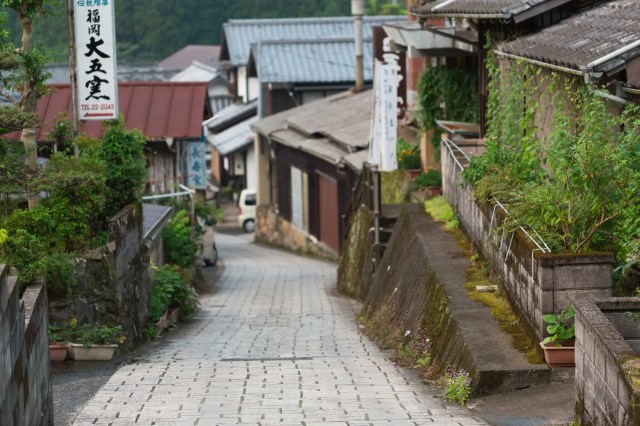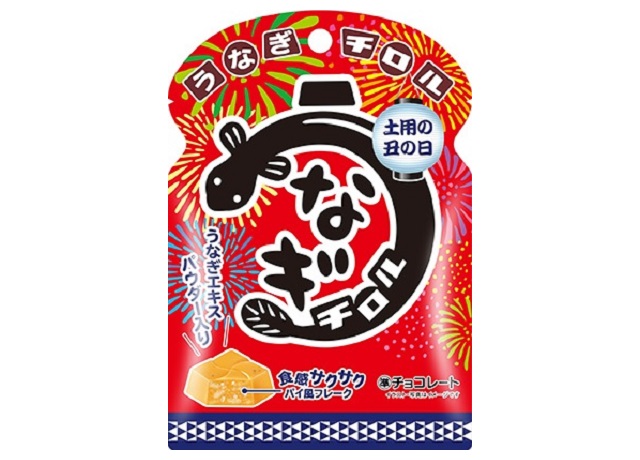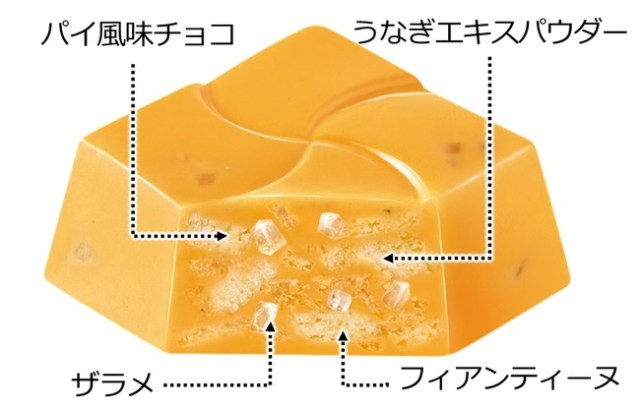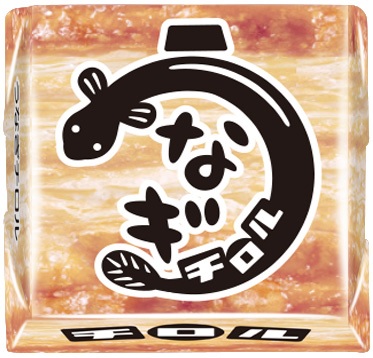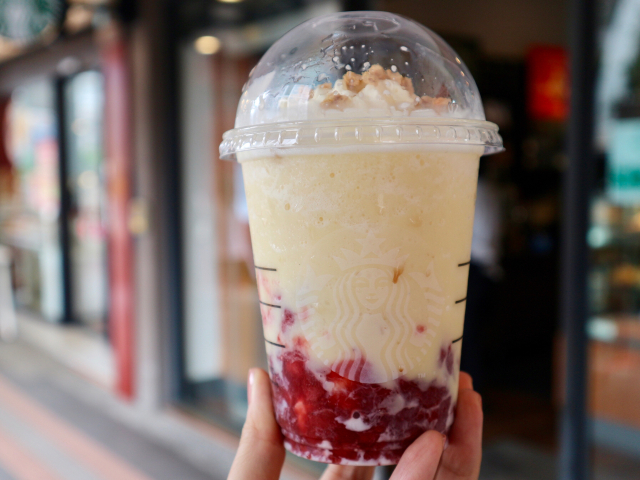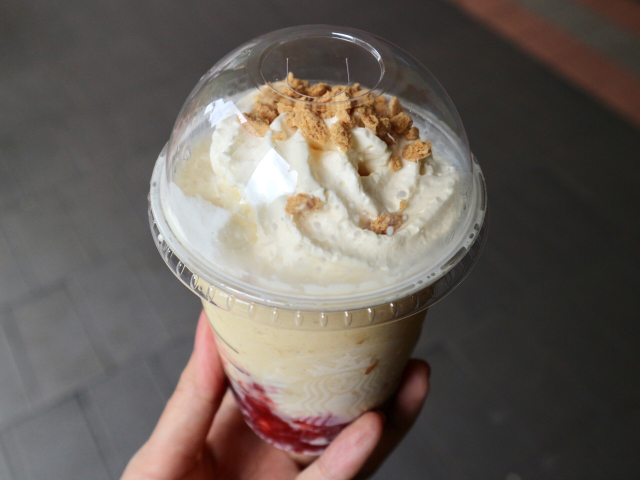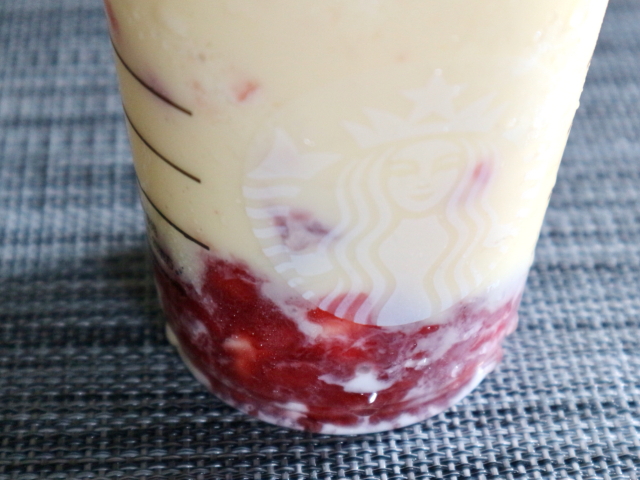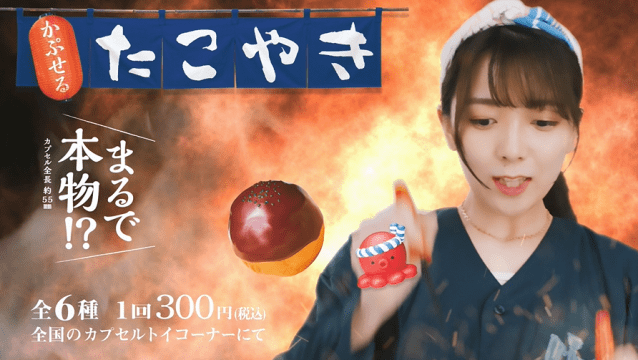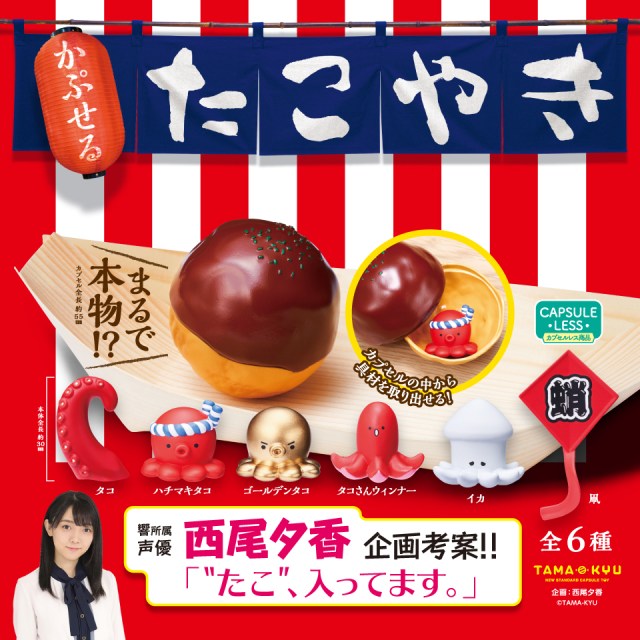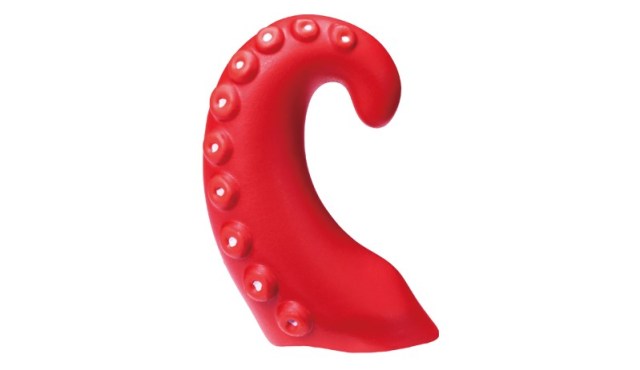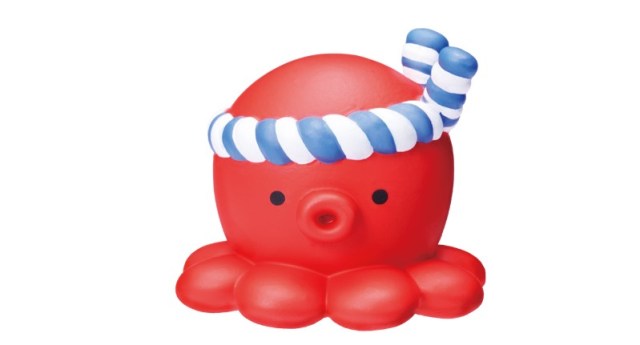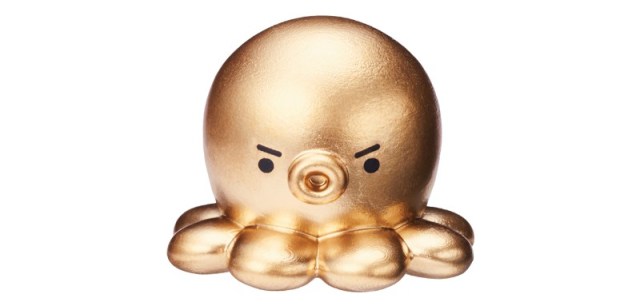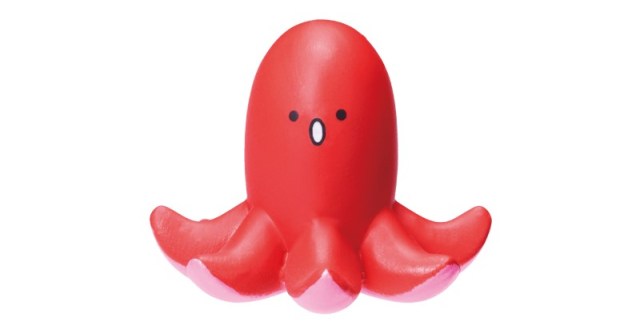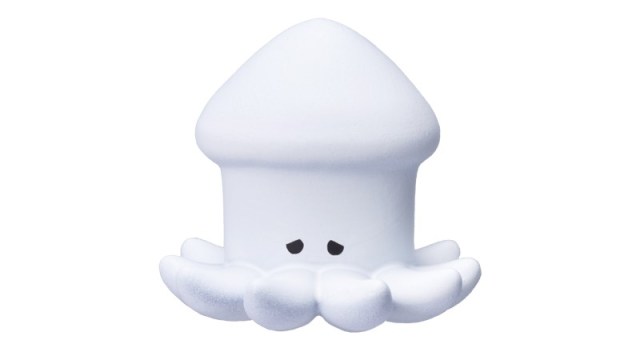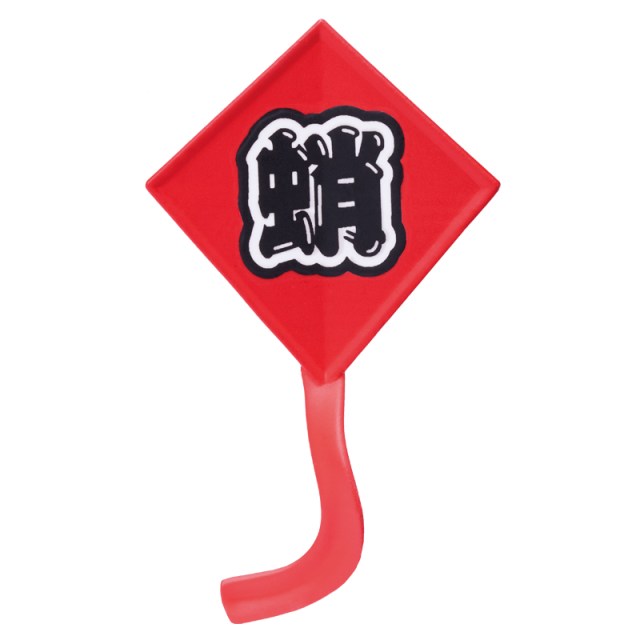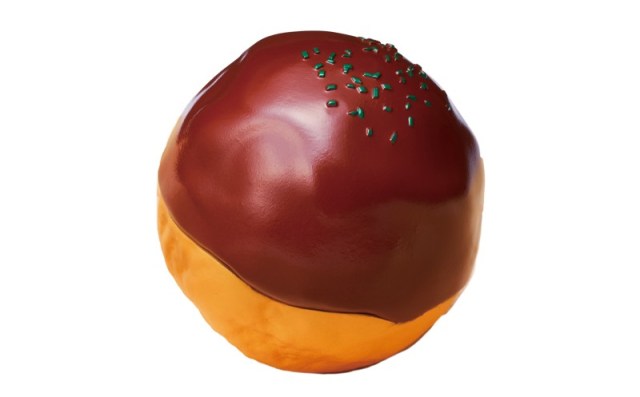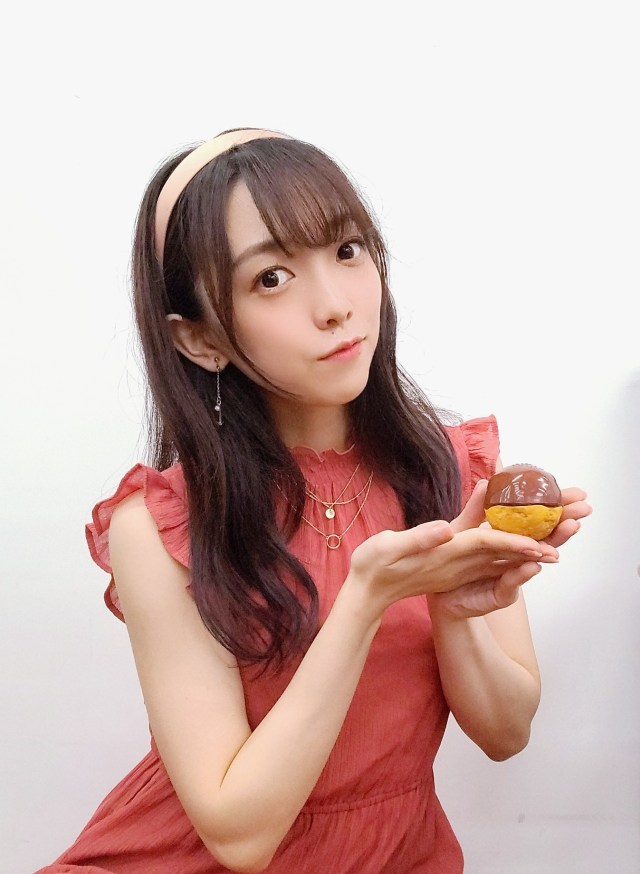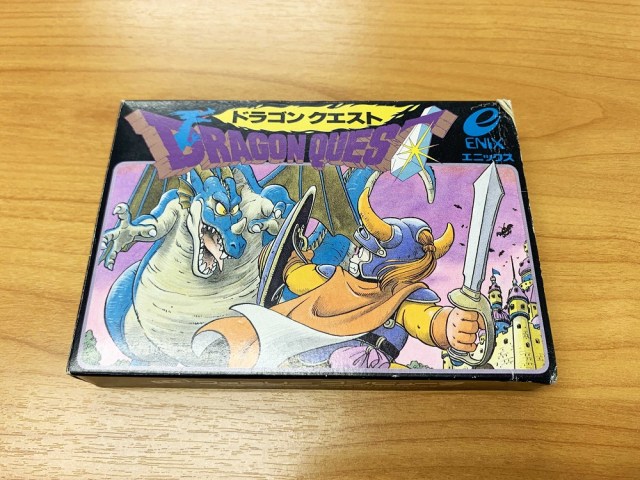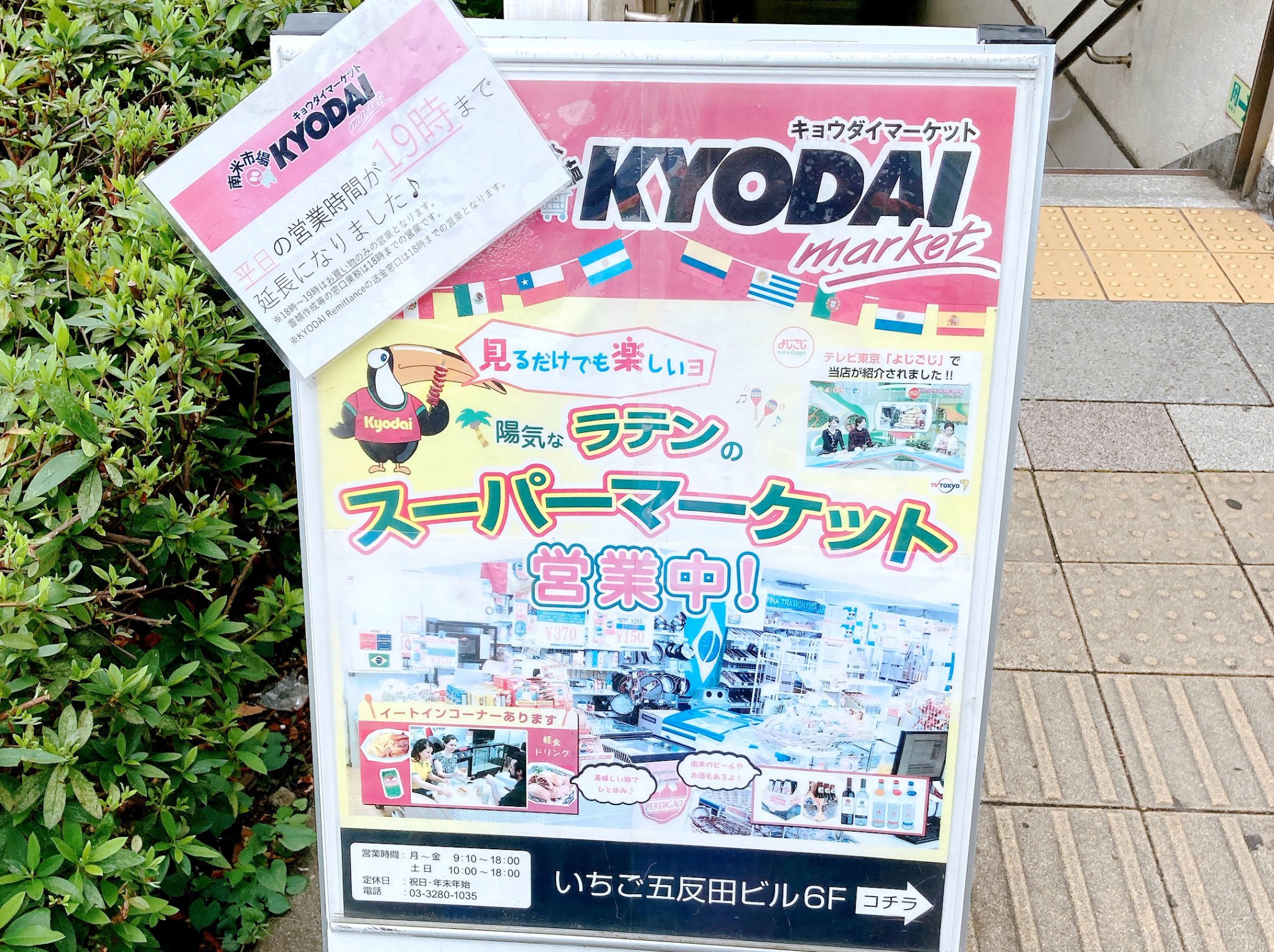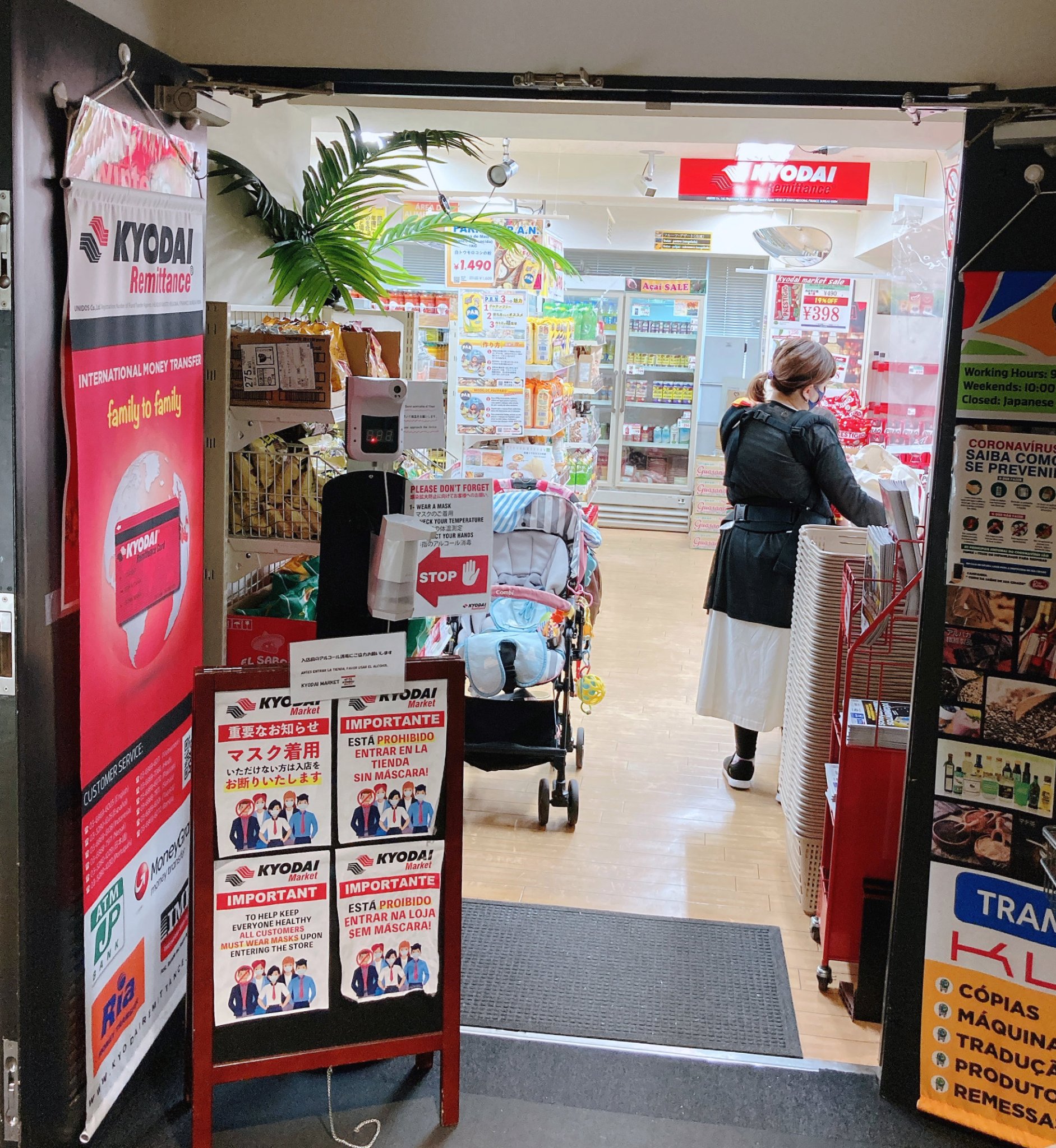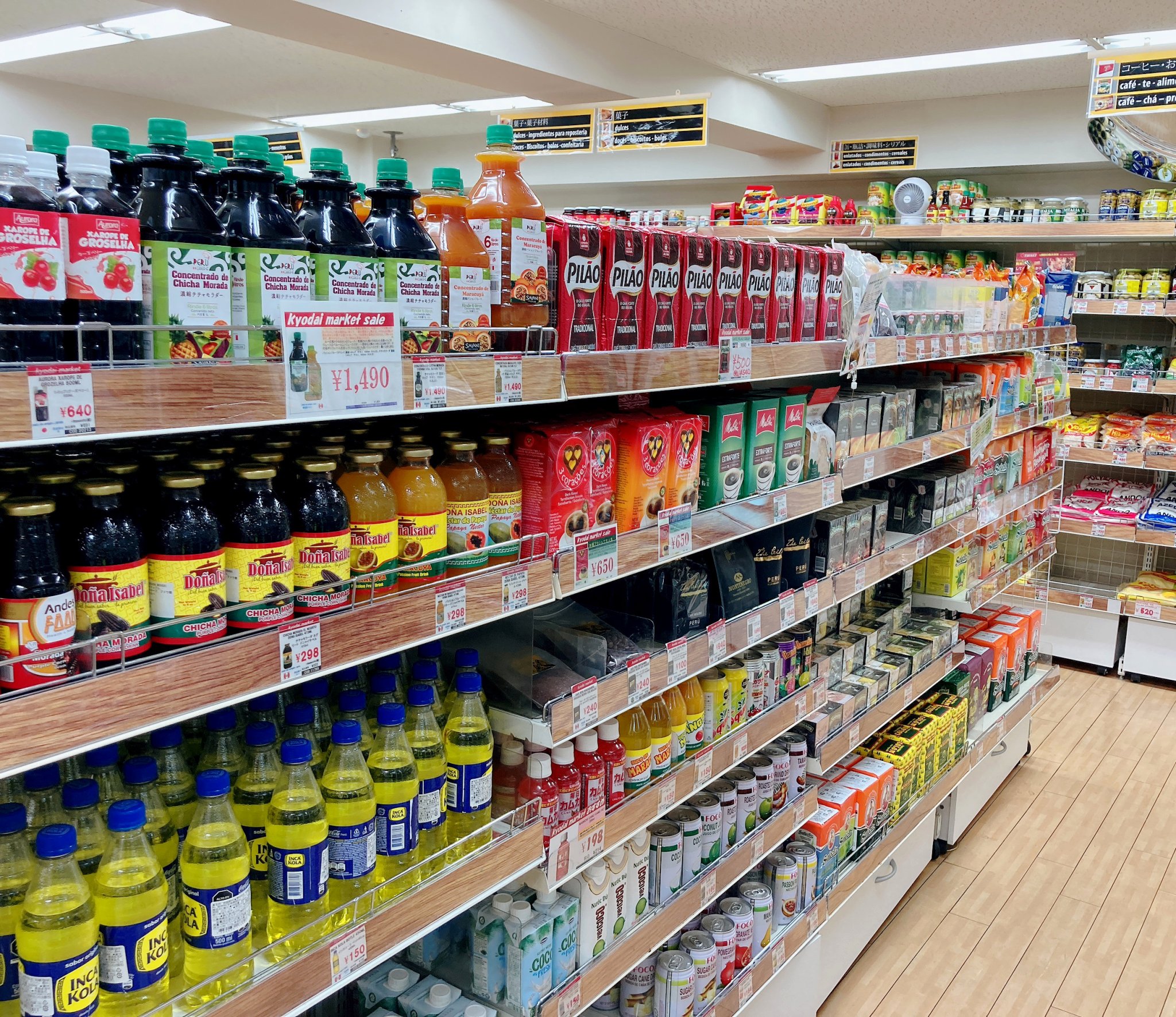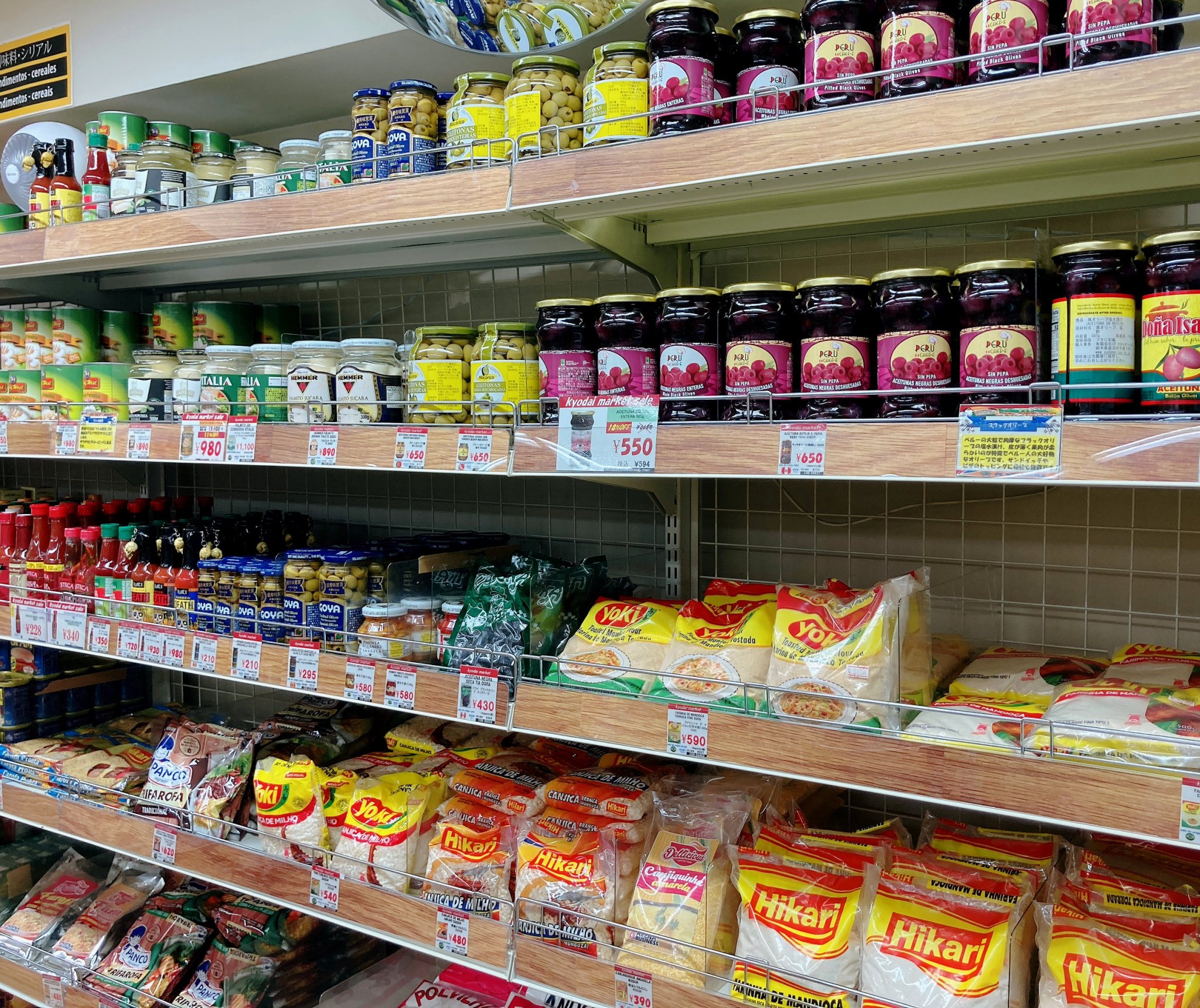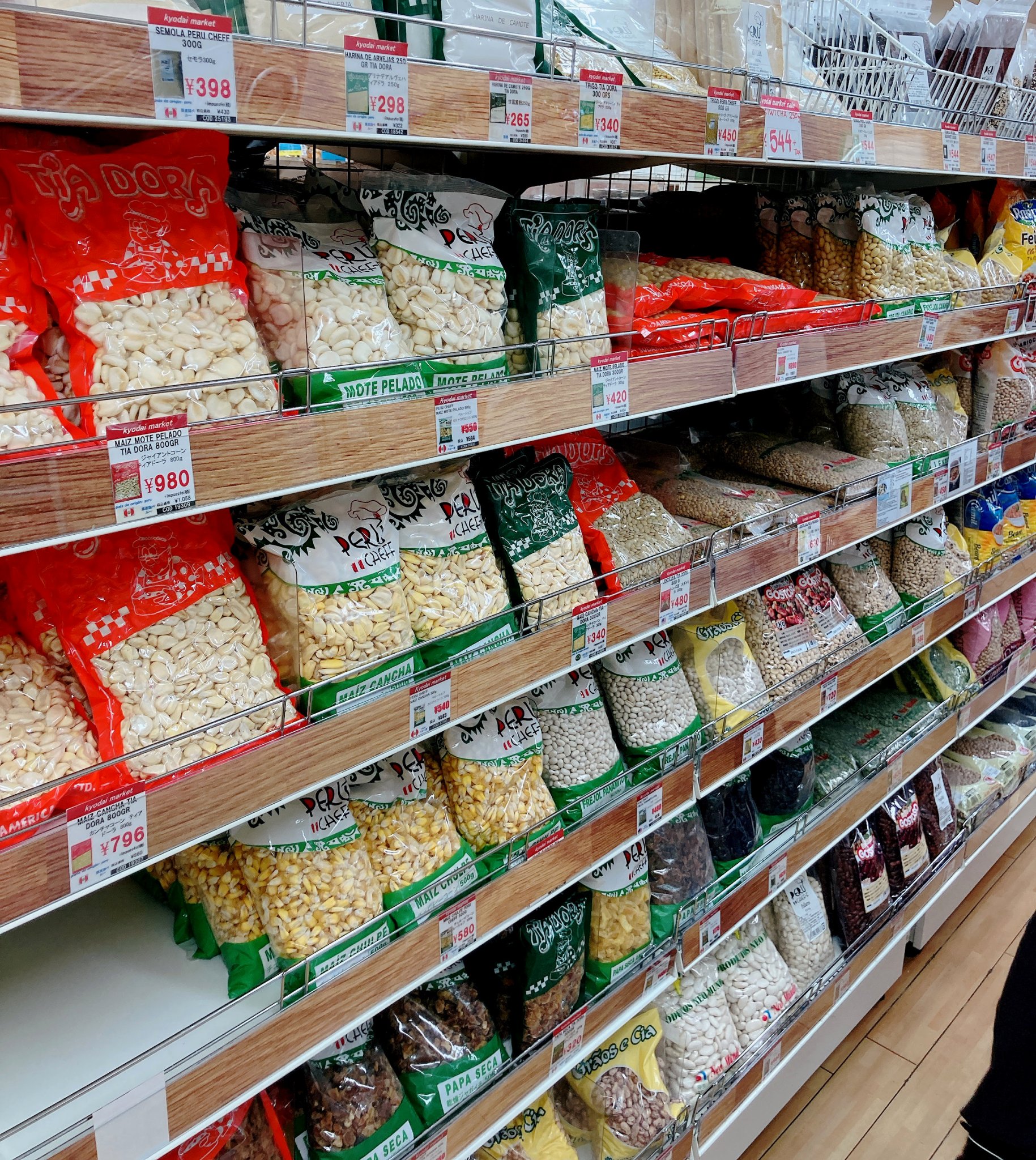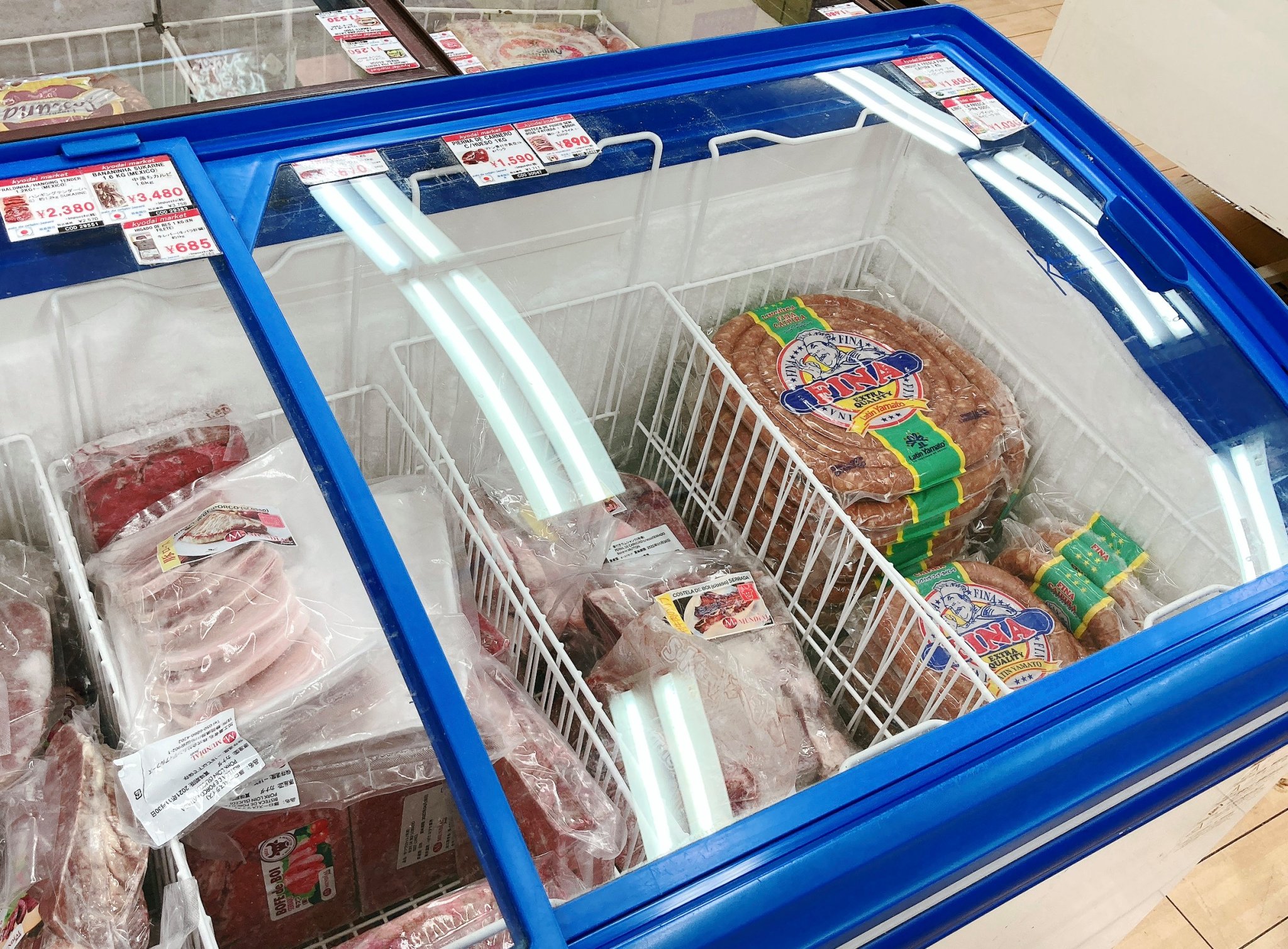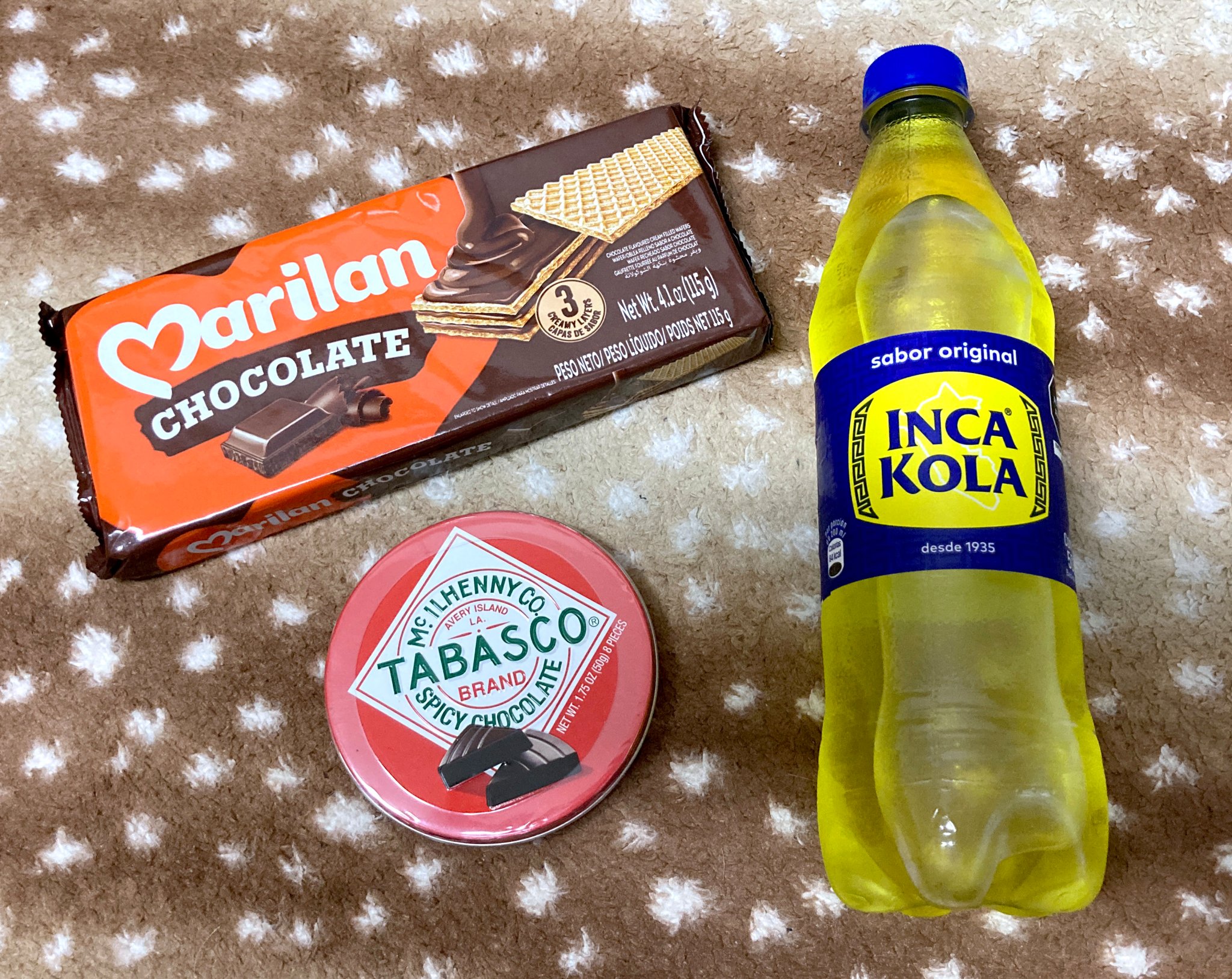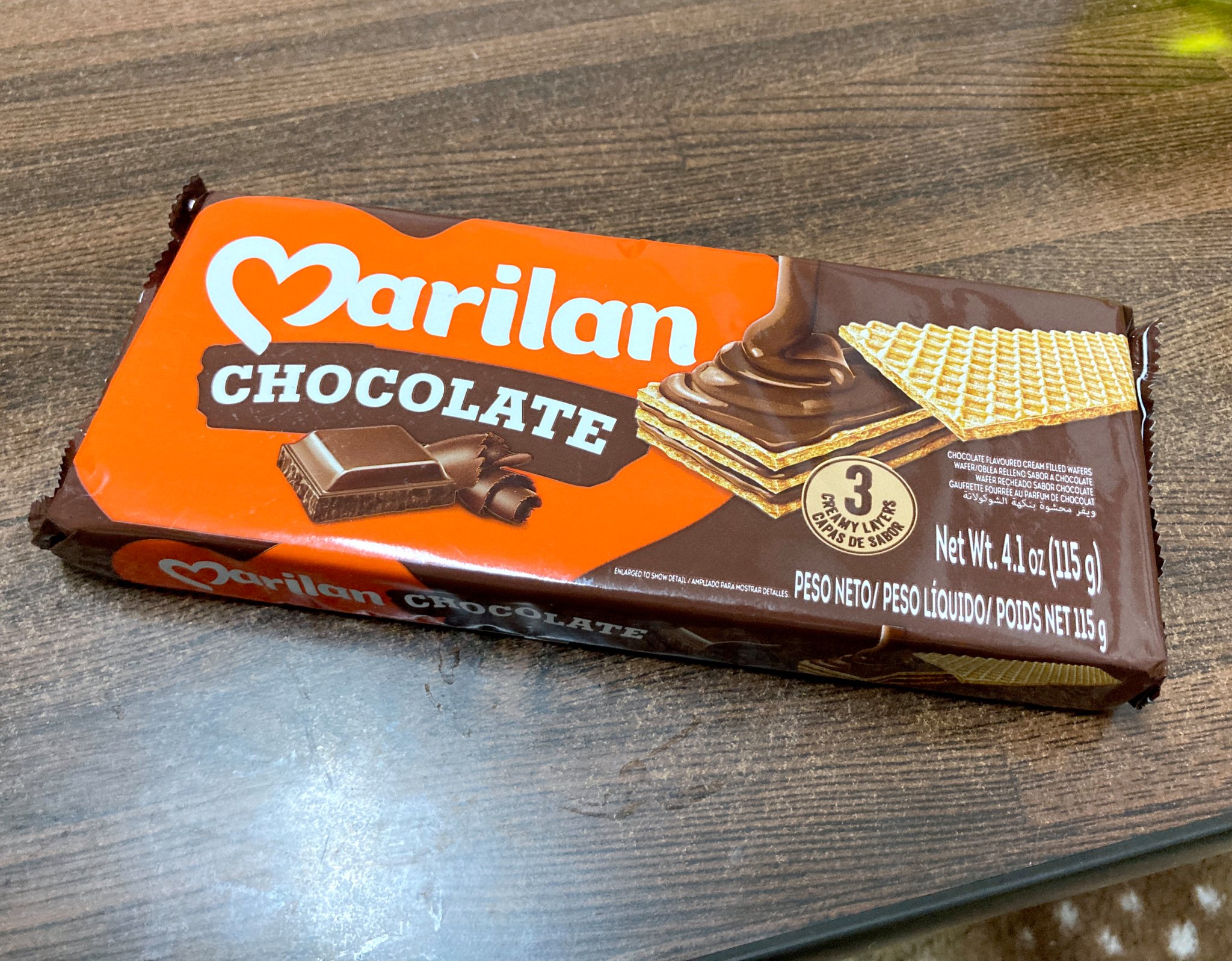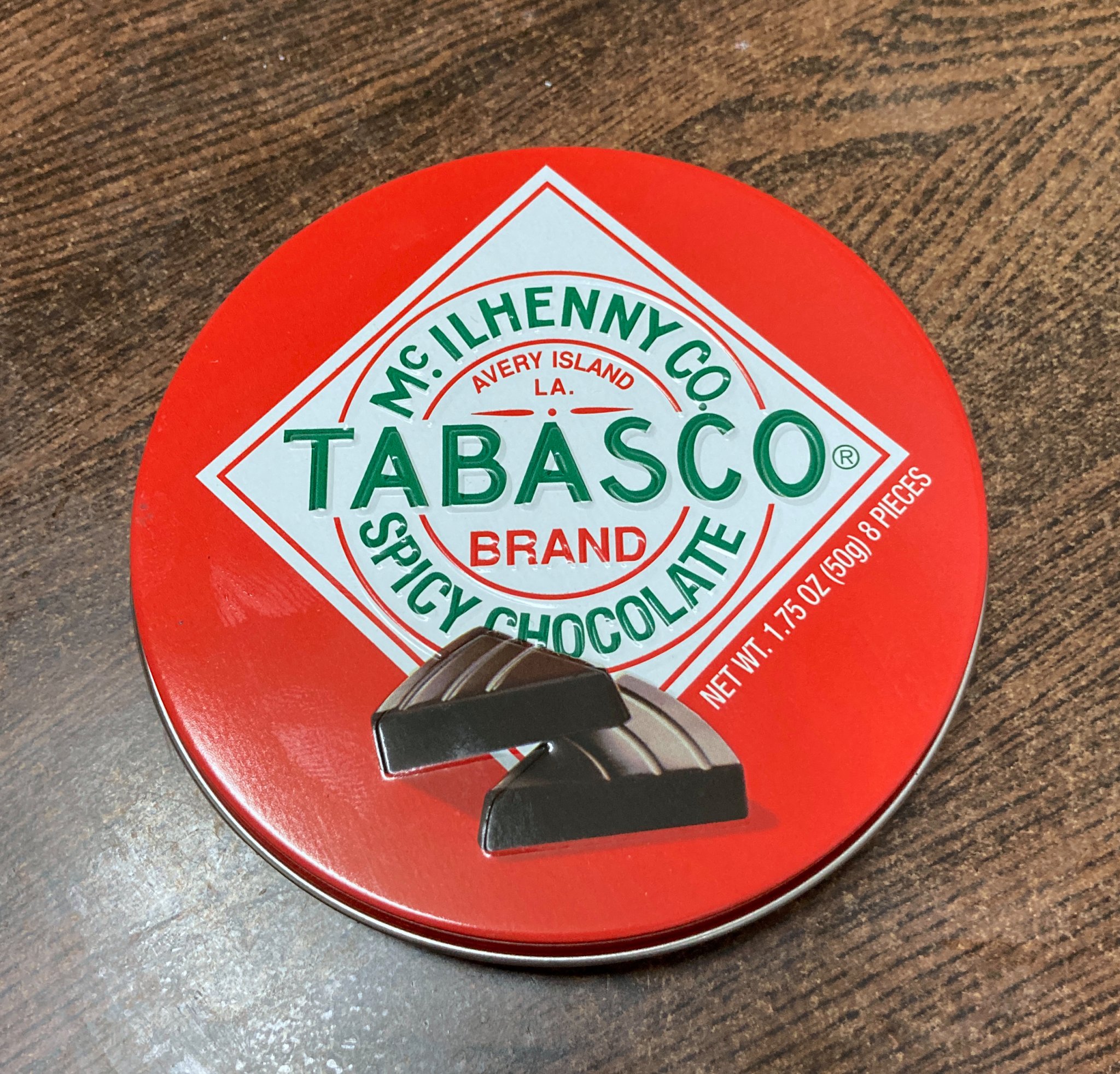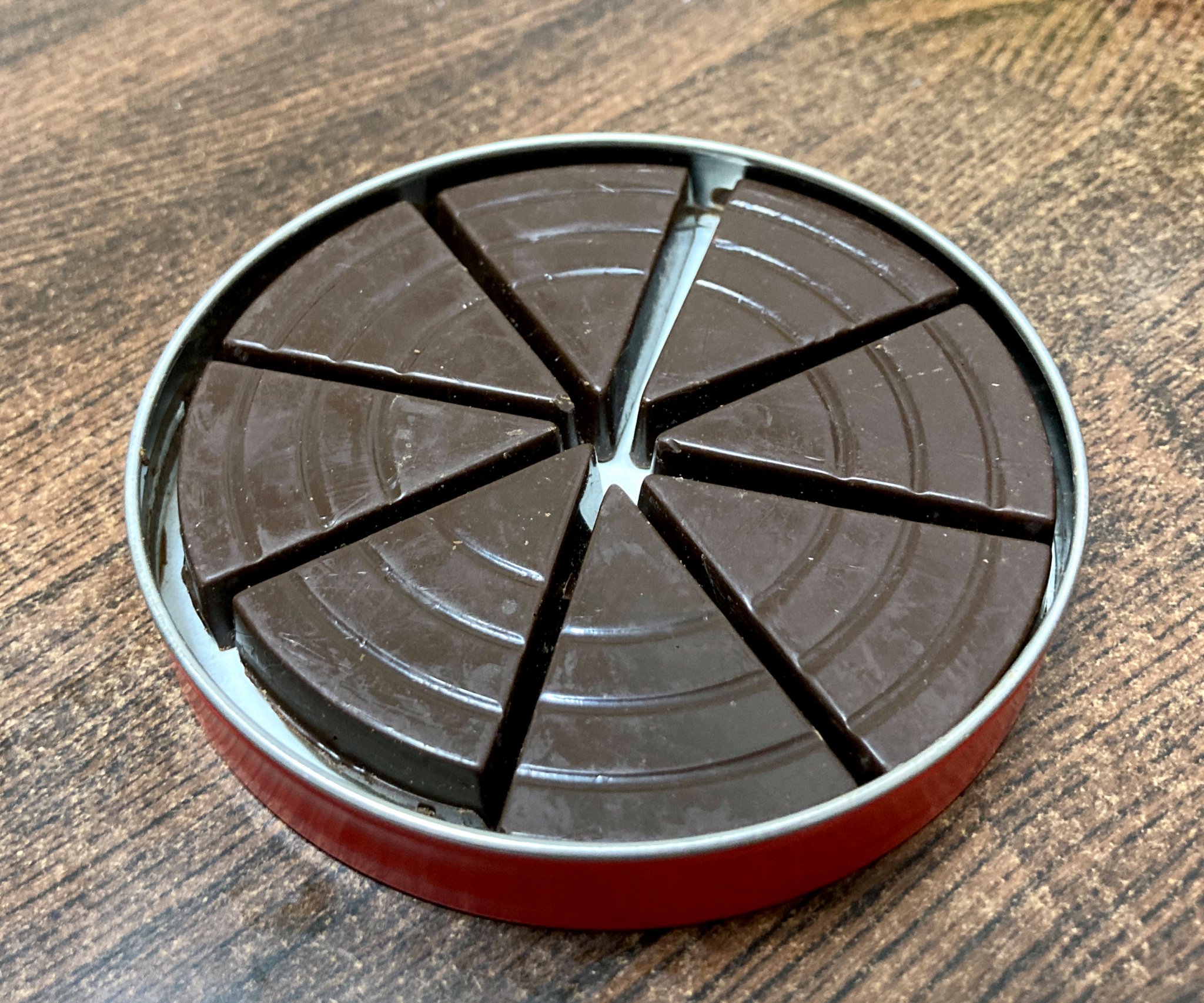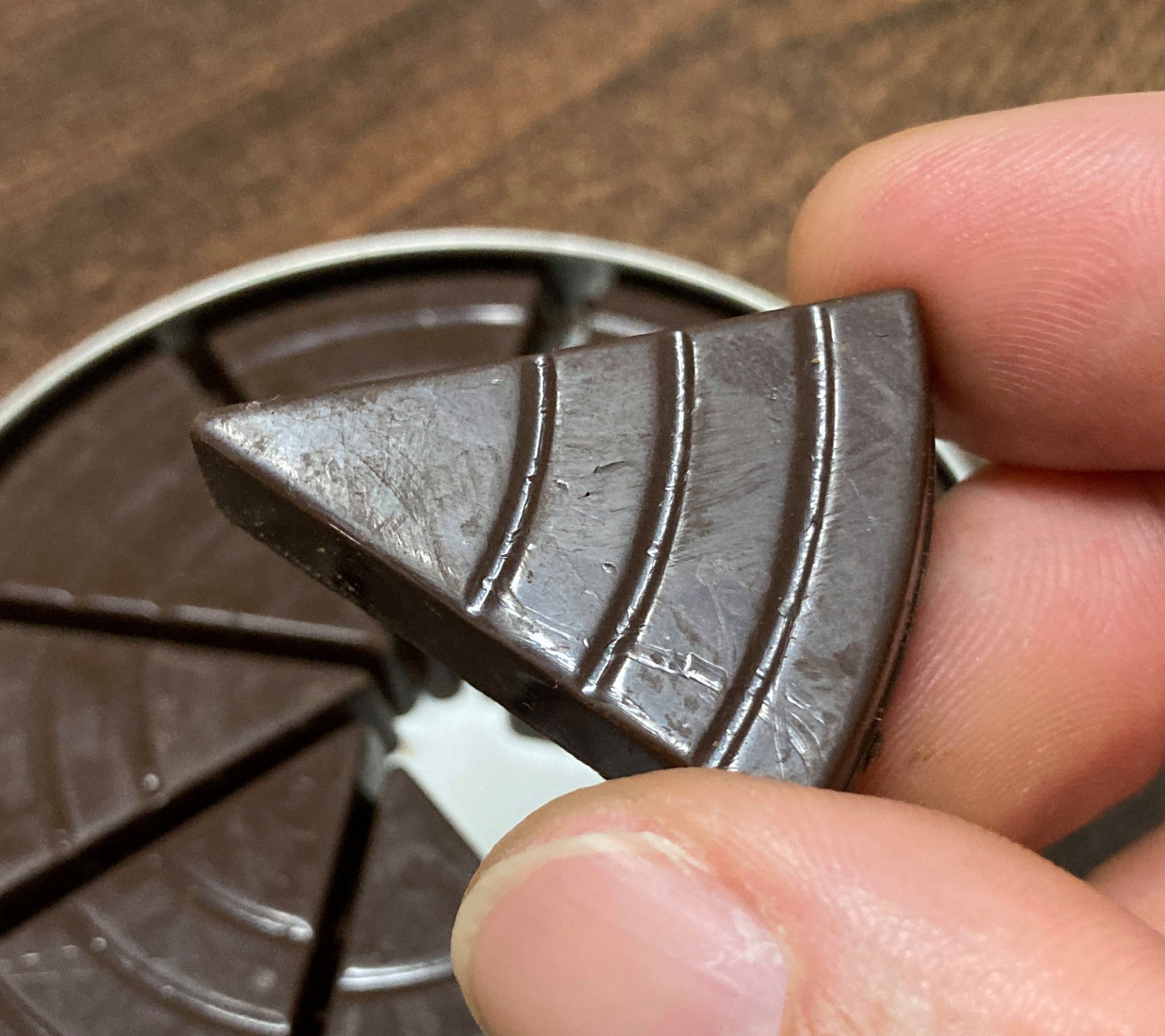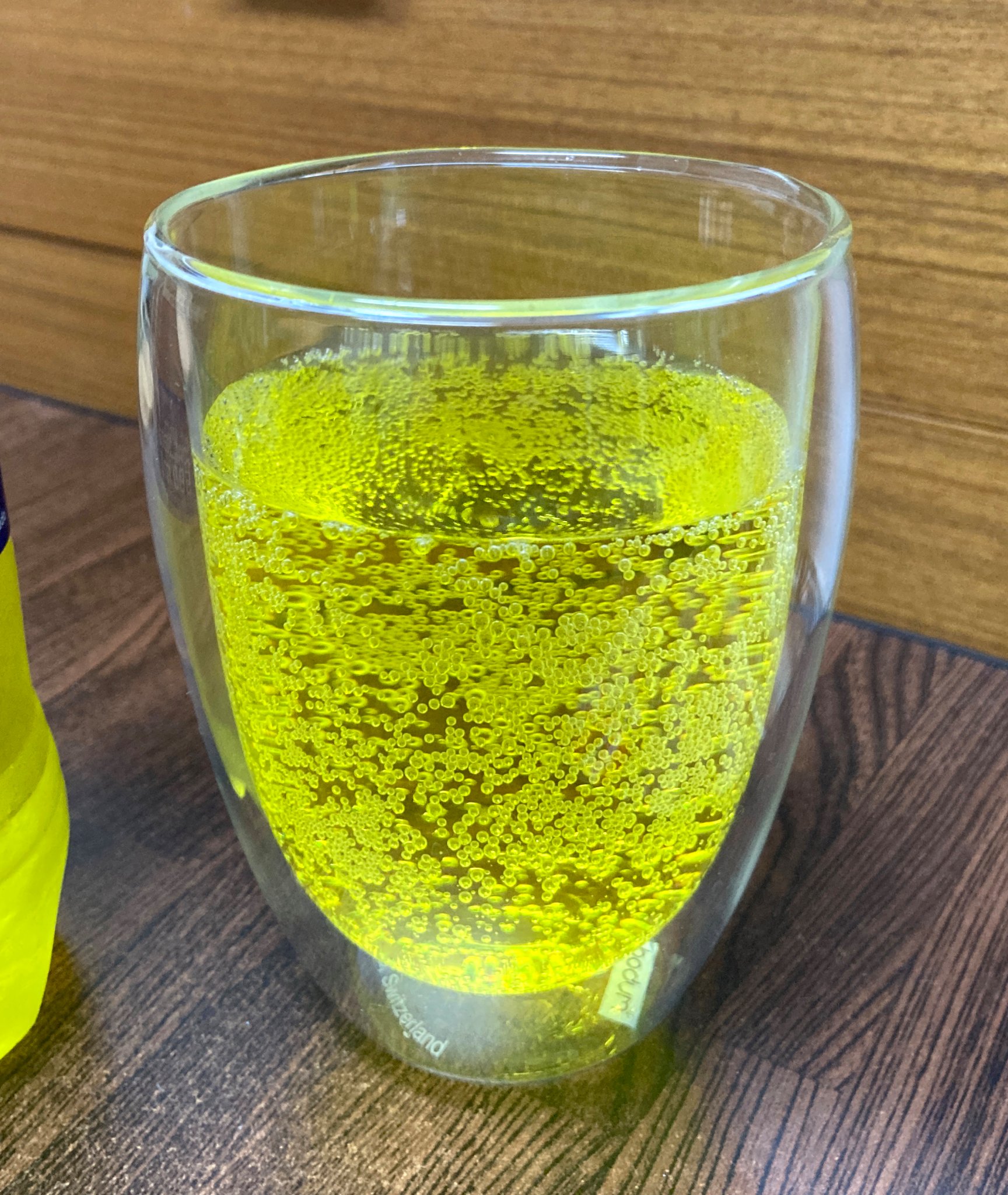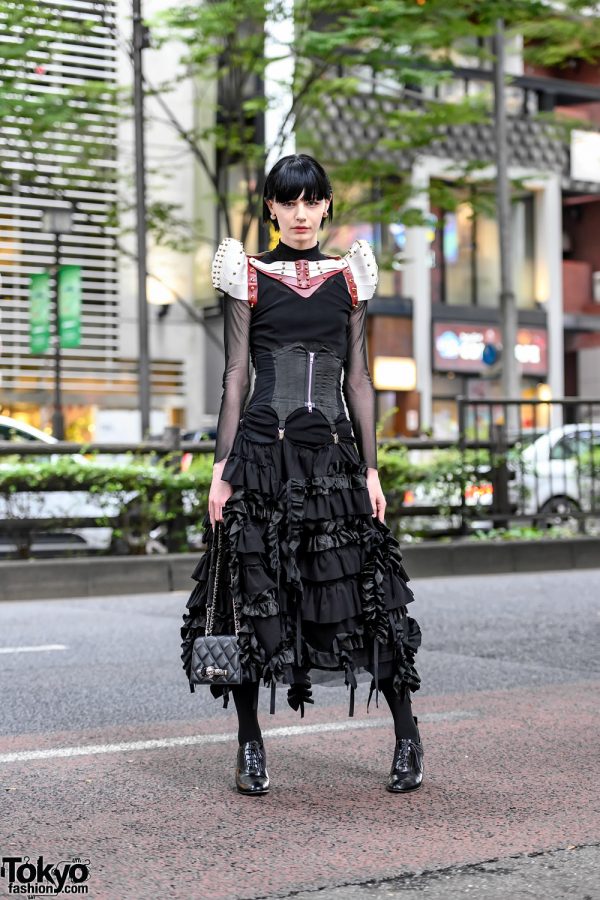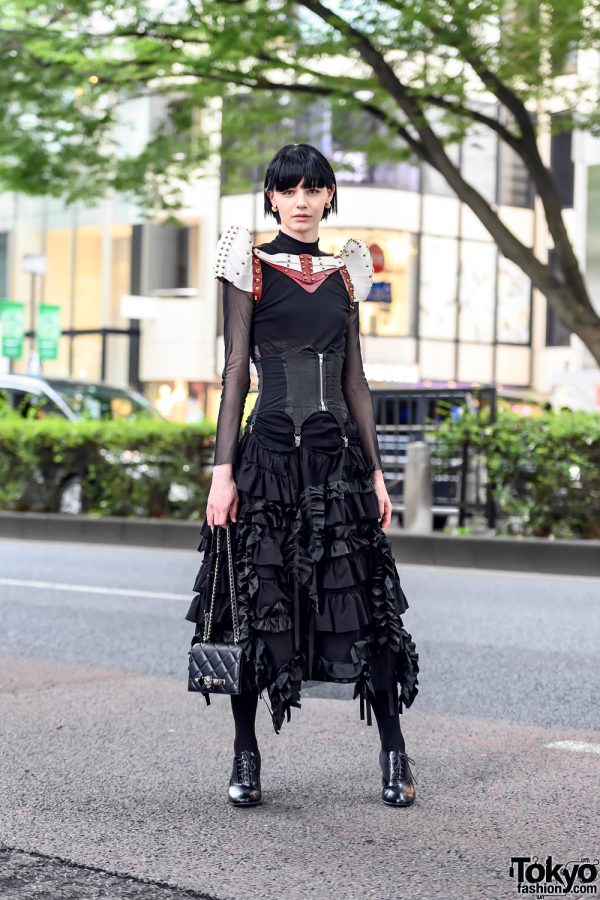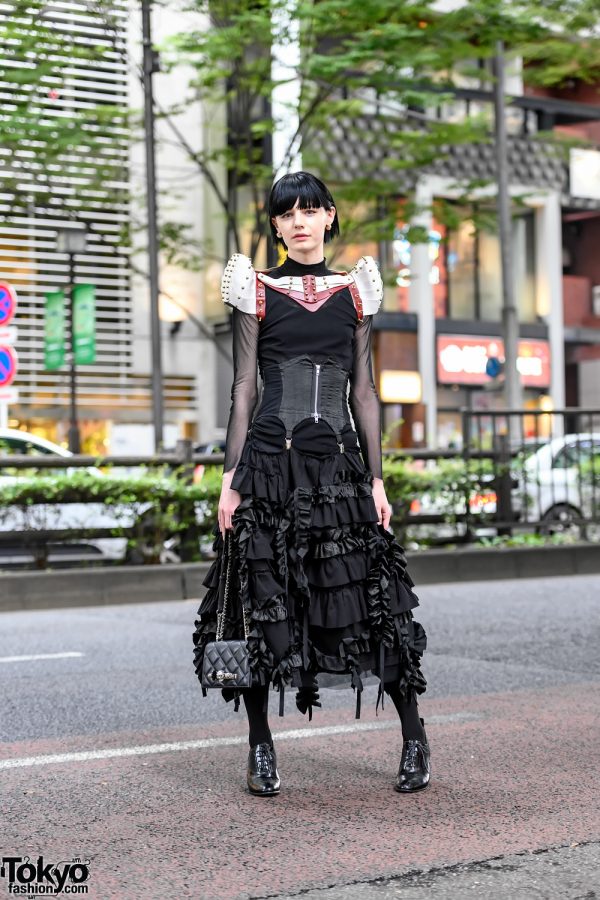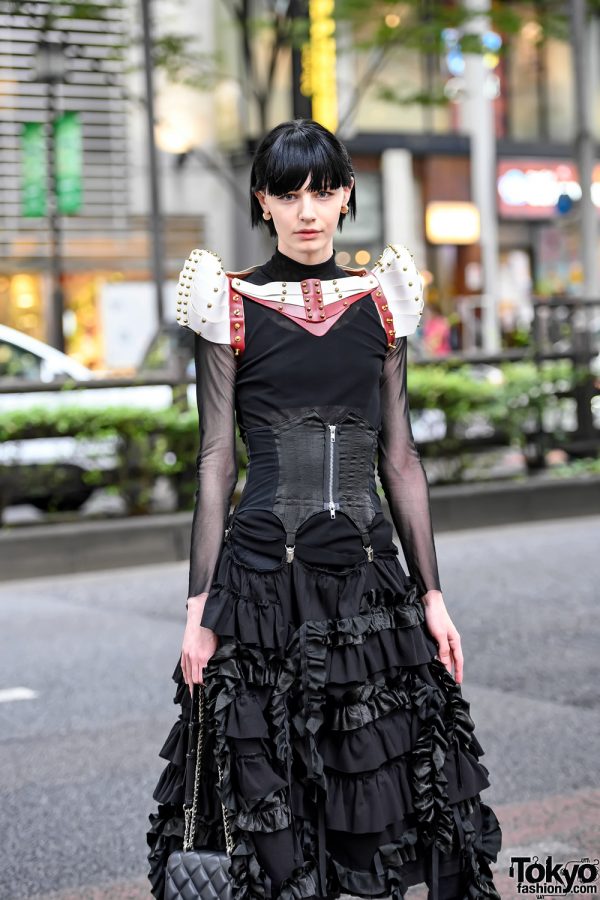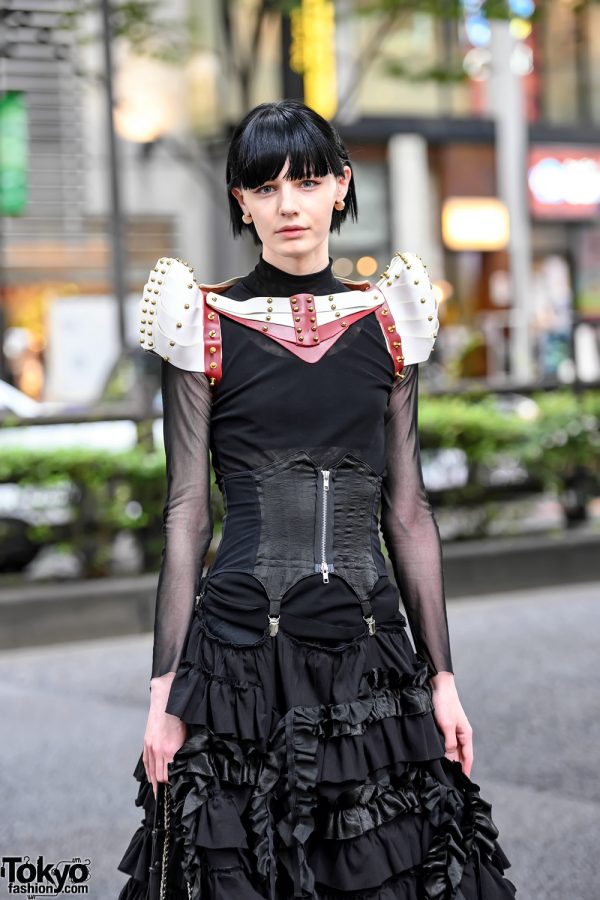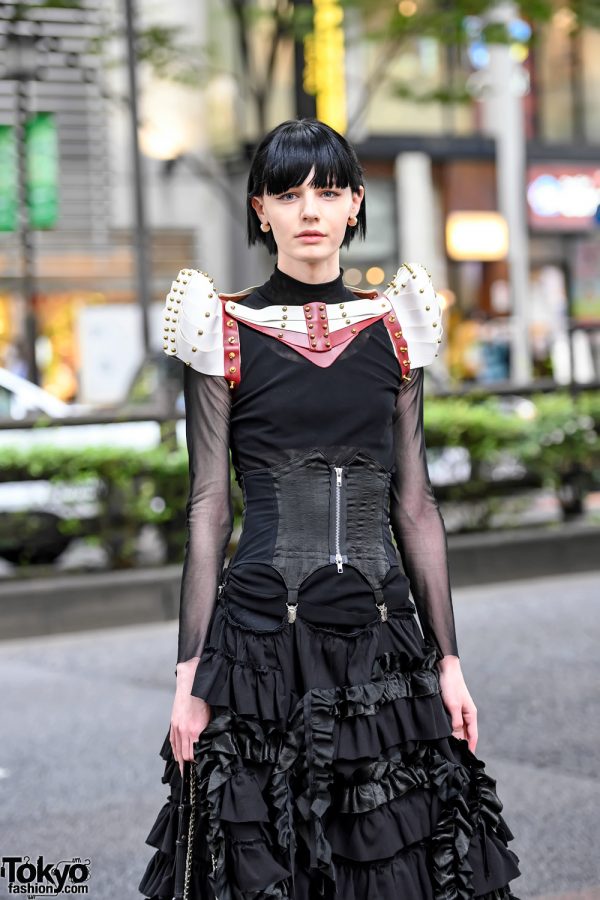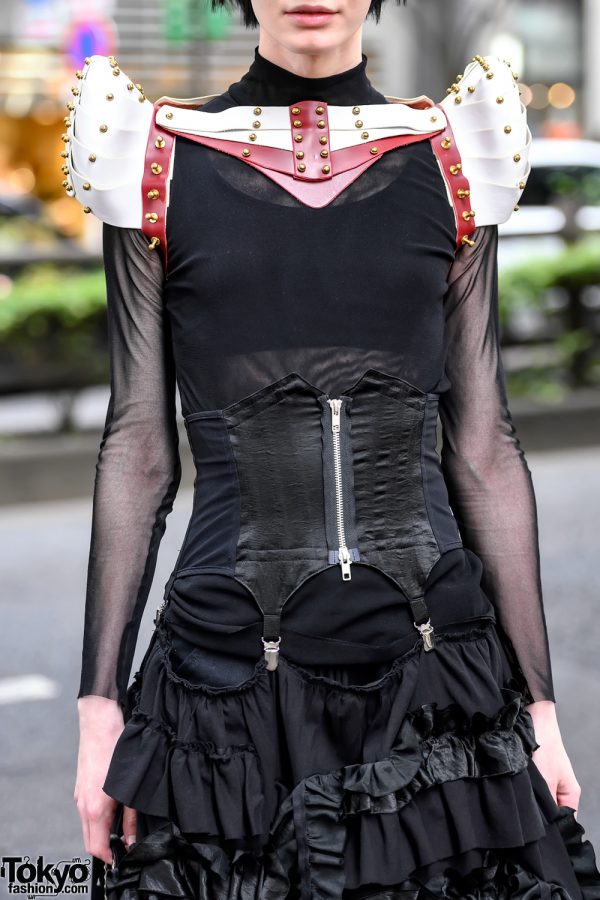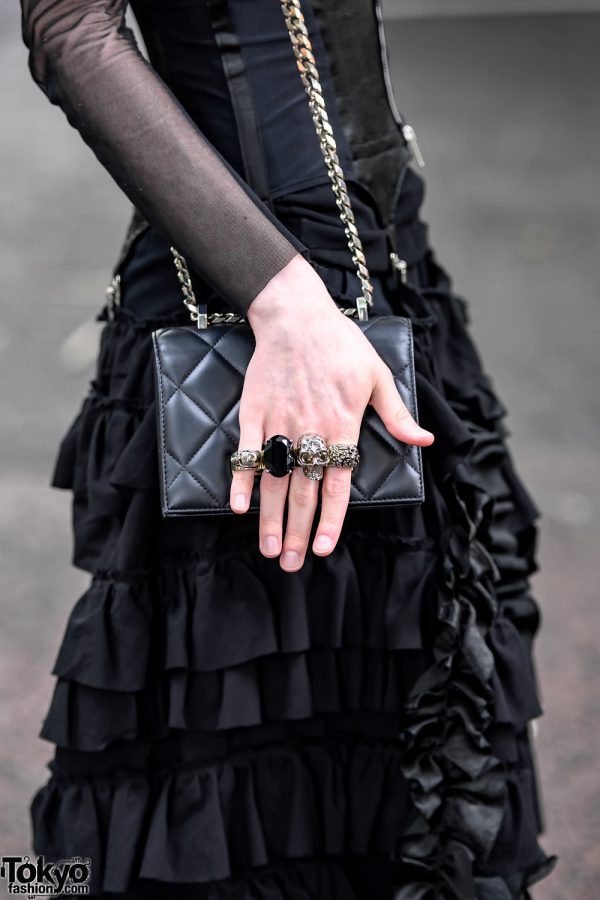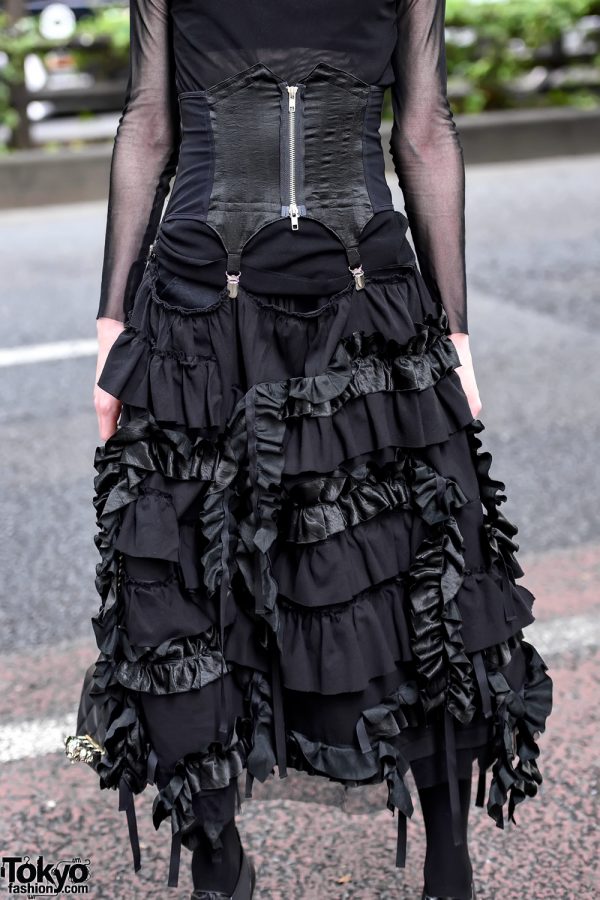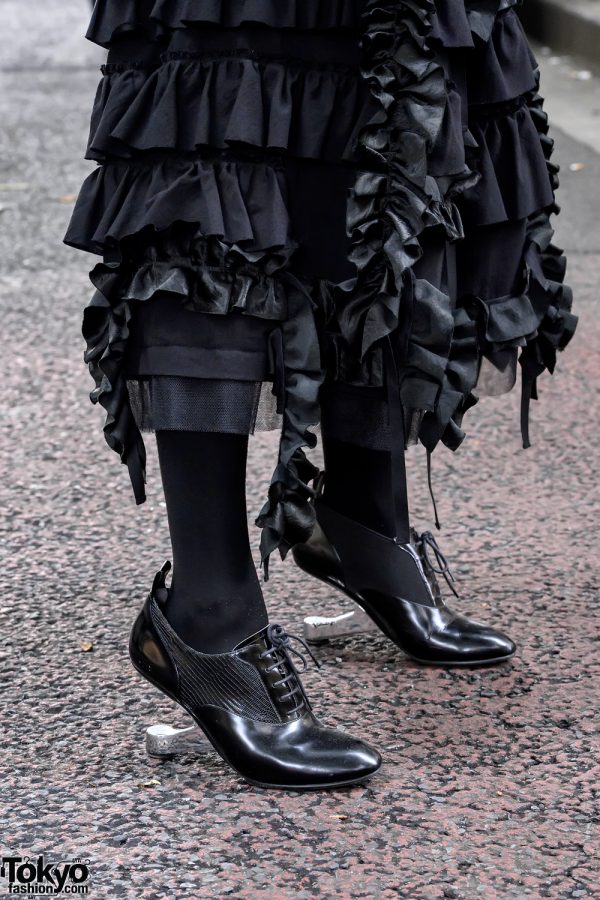
Ramen Journey Showroom does things a little differently.
If you’re running a ramen restaurant in Tokyo’s Ikebukuro neighborhood, you’d better bring your A-game. Ikebukuro is a ramen-loving neighborhood in a ramen-loving country, with a high-concentration of high-quality noodle joints resulting in fierce competition for customers.
So imagine our surprise when we spotted an Ikebukuro restaurant that proudly boasts that all of its ramen is frozen.
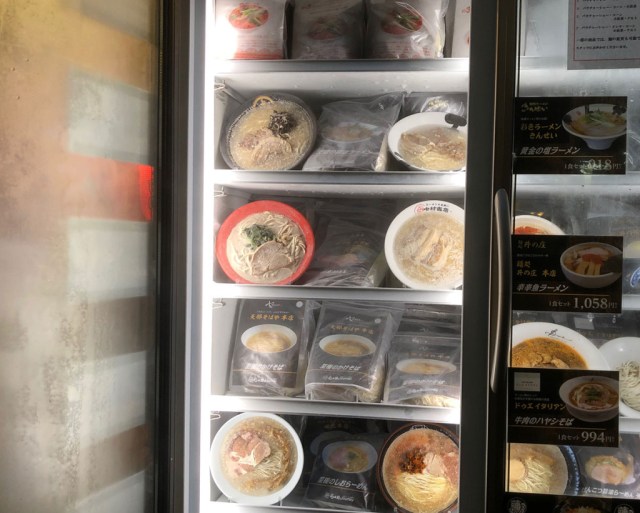
Equal parts intrigued and hungry, we stepped inside Ramen Journey Showroom and took a seat. An employee handed us a menu, and a quick glance at it revealed that the “Journey” part of the restaurant’s name isn’t just some stylish gratuitous English. Instead of a singular house ramen, Ramen Journey offers a variety of types of frozen ramen produced by popular and famous restaurants from different parts of Japan, which you can either take home and prepare or have the staff heat up so you can eat it right there.
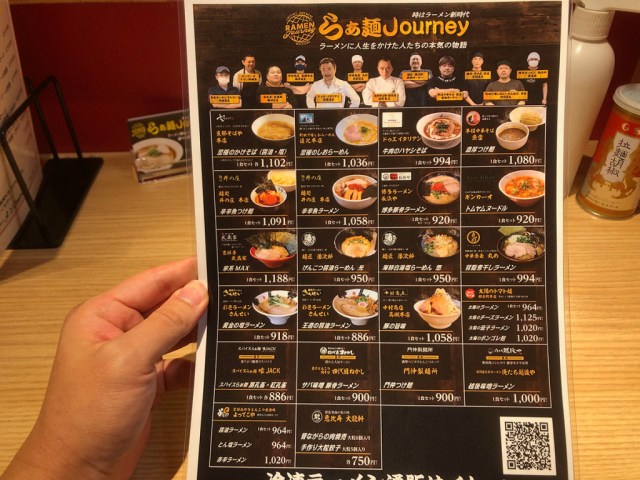
In addition to ramen representatives from restaurants in Tokyo’s Shibuya and Nerima Wards, the options also included ramen from noodle houses in Yokohama and Osaka. With most prices hovering around 1,000 yen (US$9) they were a little on the pricy side, but not unreasonable for their pedigree.
We were still a little apprehensive about paying so much for frozen ramen, but ultimately decided to order a bowl of shio (salt) ramen from Shinka, whose restaurant is located in Tokyo’s Machida City, with an added free topping of sliced onion, and this turned out to be a very smart choice.
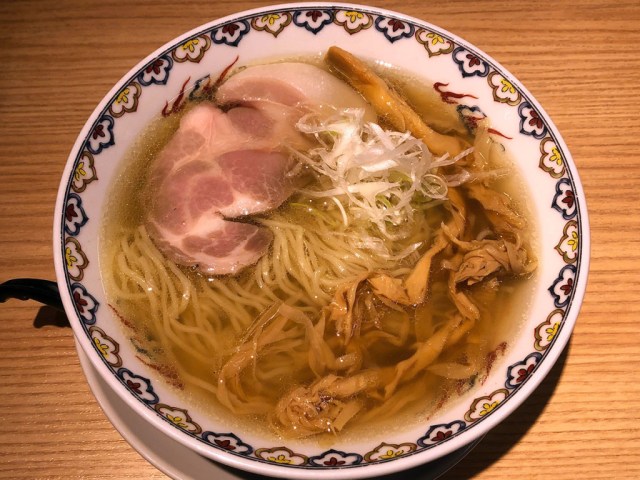
The bowl of ramen the staff placed in front of us was immaculately beautiful, and also incredibly delicious. If we hadn’t known ahead of time that it was frozen, we never would have guessed from how it looked and tasted.

And that’s actually sort of the whole point of Ramen Journey Showroom. It turns out the place is an offshoot of the Ramen Journey online frozen ramen shop, and their main goal in opening the restaurant was to give people an opportunity to see that frozen ramen, when done right, can taste as good as the freshly made kind.
Unfortunately, Ramen Journey Showroom is a pop-up operation, and will only be open until July 1. On the plus side, the whole point was to show us that how good their frozen ramen tastes, and now that we know that, we can order it and eat it at home whenever we want.
Restaurant information
Ramen Journey Showroom / ラーメンJourney ショールーム
Address: Tokyo-to, Toshima-ku, Higashi Ikebukuro 1-23-5
東京都豊島区東池袋1丁目23-5
Open 11 a.m.-8 p.m.
In operation until July 1
Related: Ramen Journey
Photos ©SoraNews24
● Want to hear about SoraNews24’s latest articles as soon as they’re published? Follow us on Facebook and Twitter!

